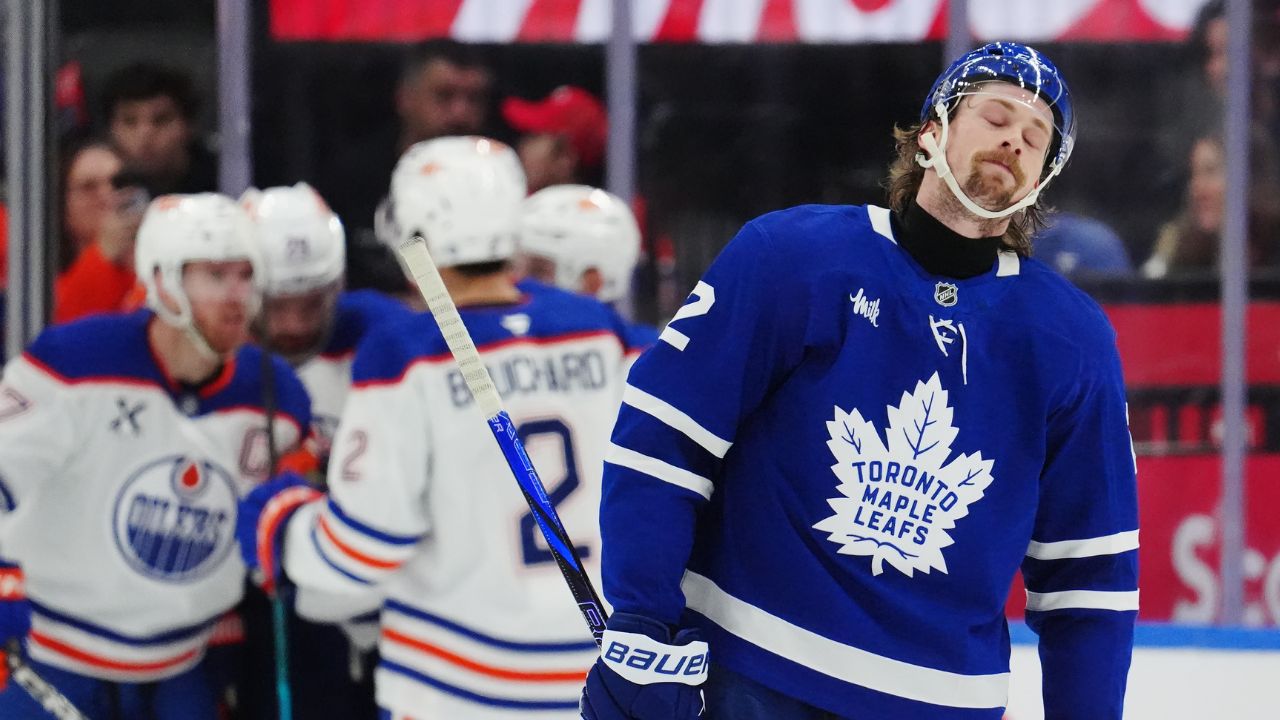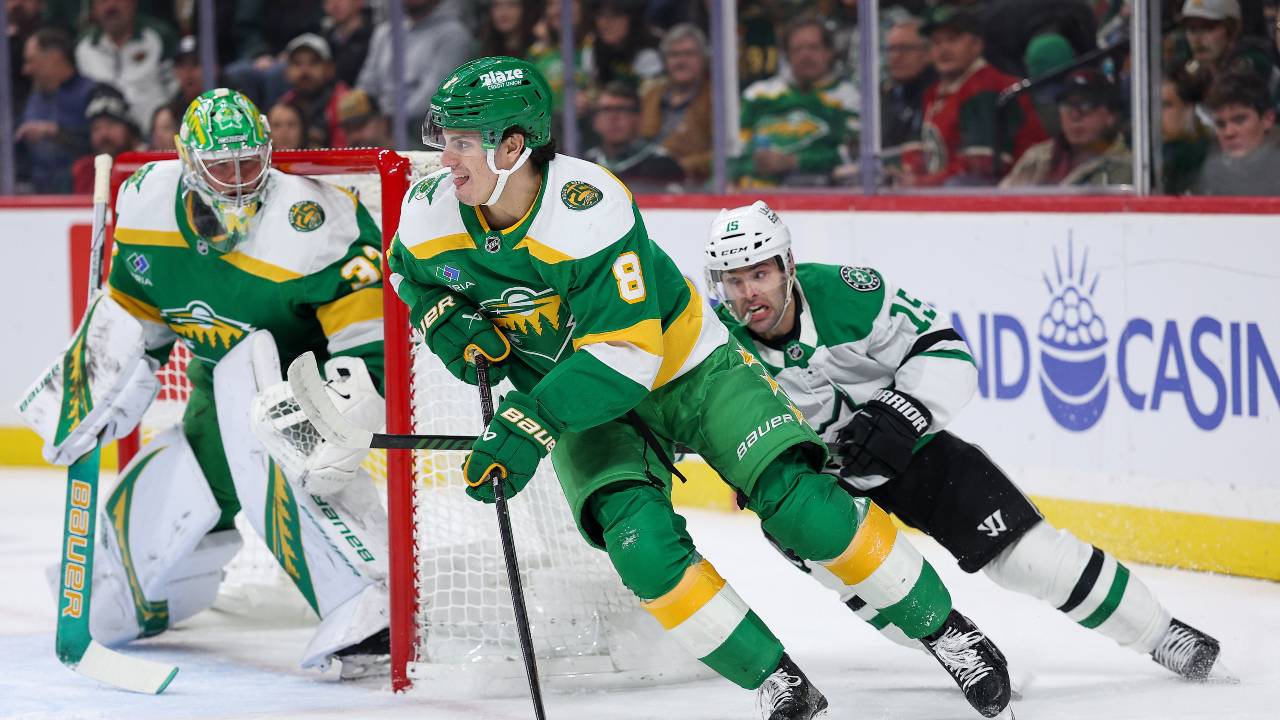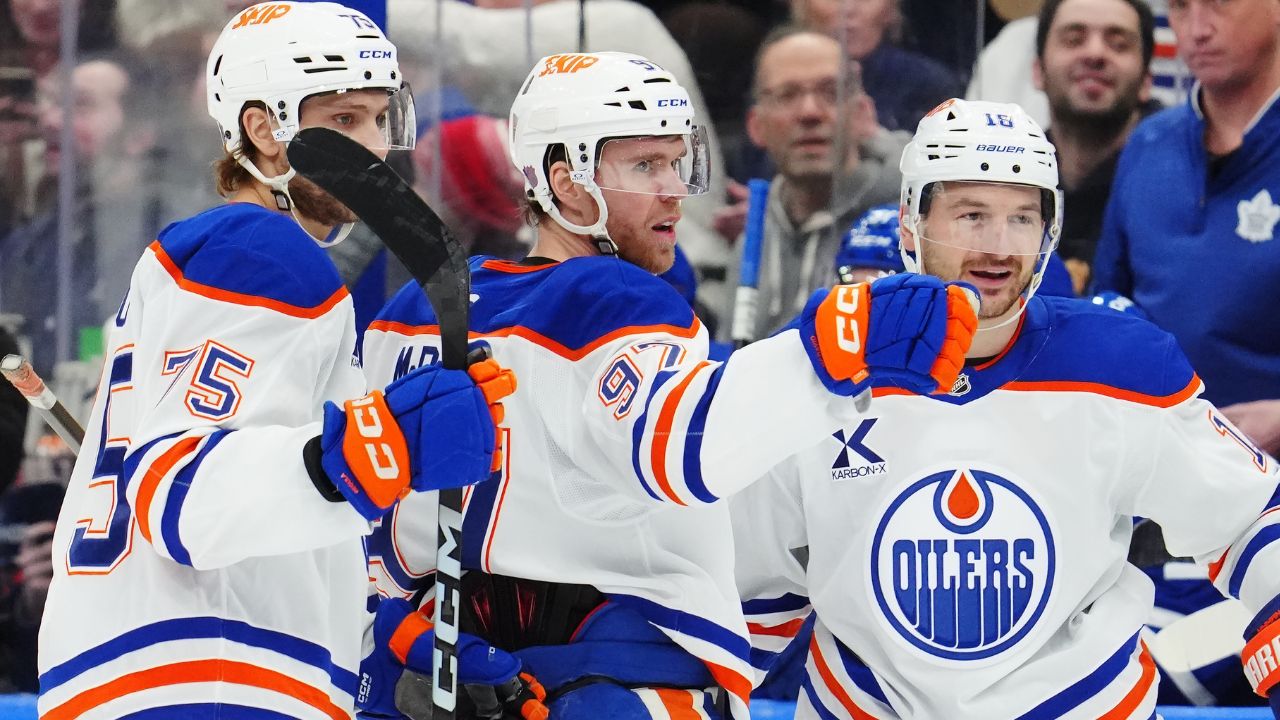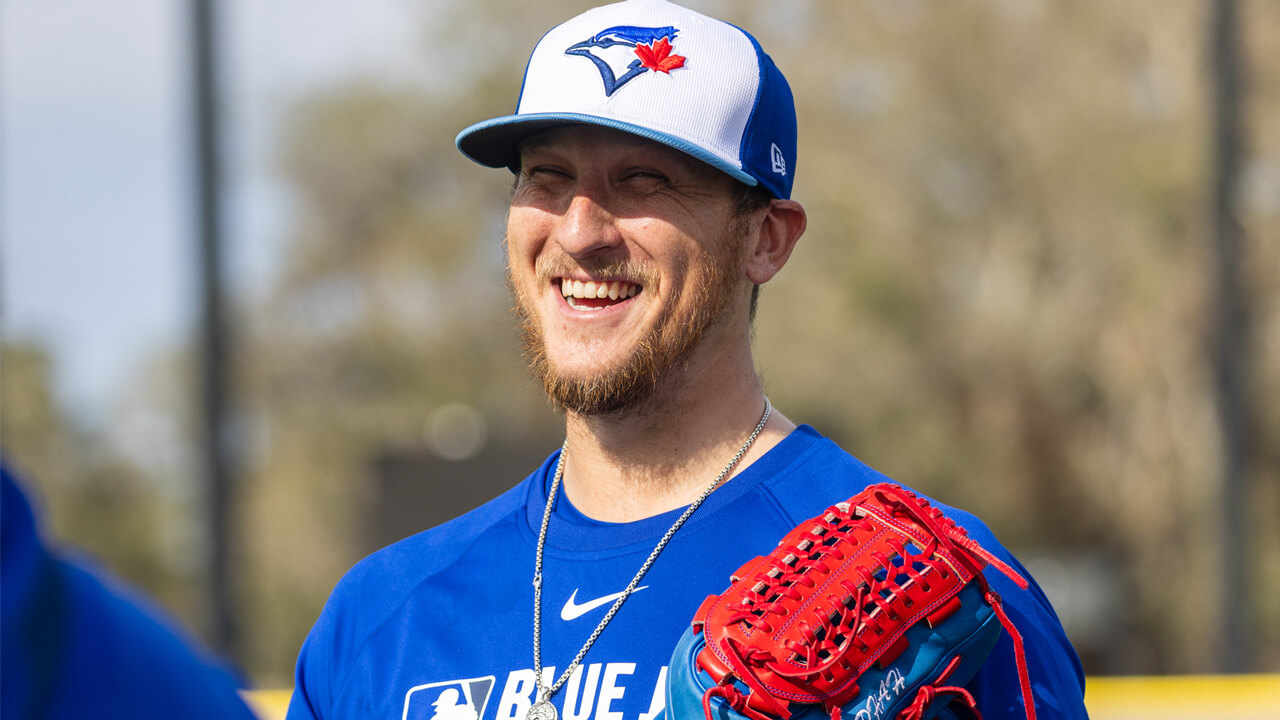
“IT WORKED OUT WELL”
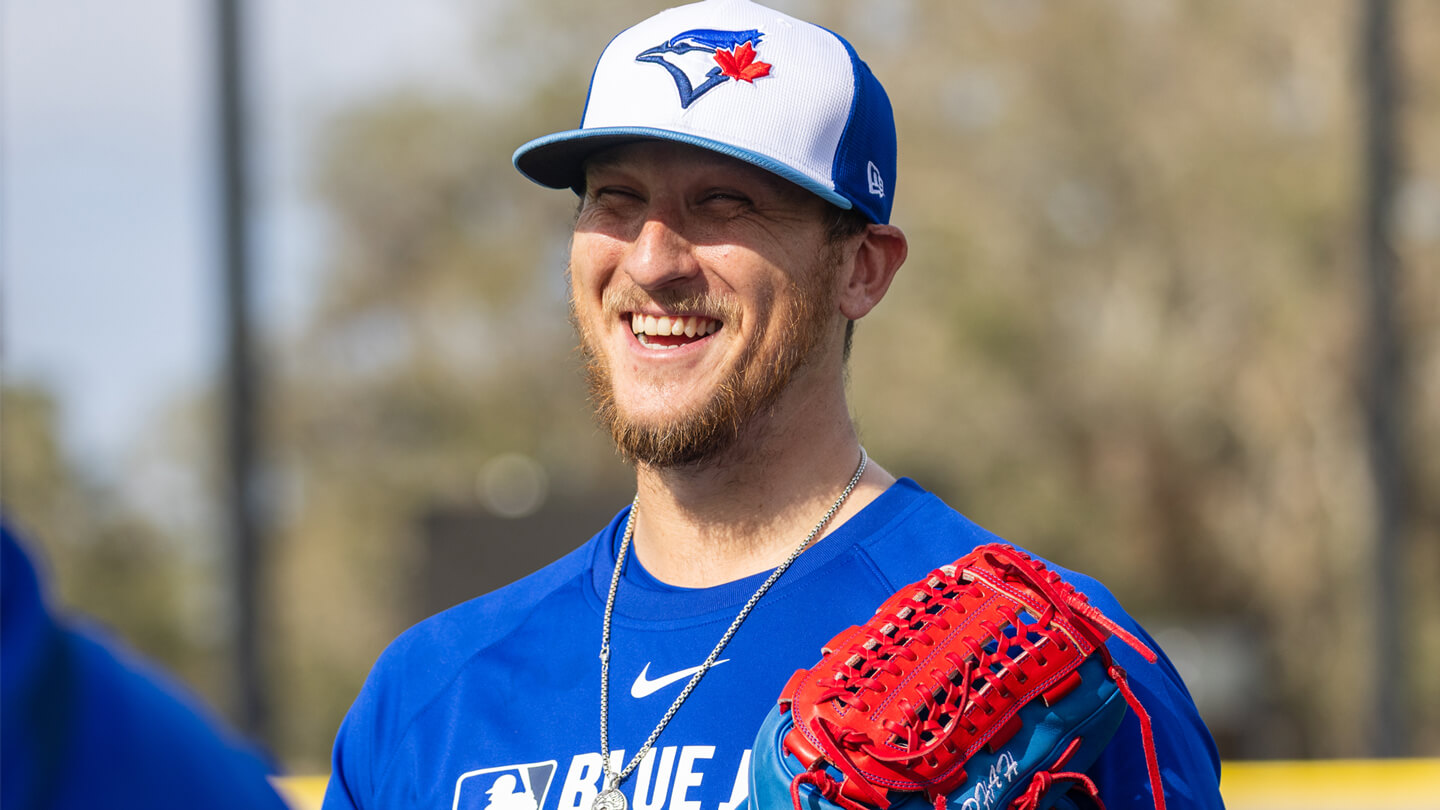
N
earing a return from reconstructive elbow surgery in the spring of 2023, Bryce Harper needed some high-level competition to get himself ready, and the Philadelphia Phillies needed a plan for Jeff Hoffman. The right-handed reliever, signed to a minor-league deal after the Minnesota Twins cut him at the end of spring training, was coming up on a May 1 out in his contract. On the table was an offer of about $1 million to pitch for the Hokkaido Nippon-Ham Fighters in Japan, which he planned to accept if the Phillies didn’t add him to their major-league roster. Evaluating Hoffman in a live batting practice as he helped Harper fine-tune made perfect sense, unorthodox as it may have been to bring someone up for a quasi-tryout, quasi-practice session.
Hoffman’s first six outings at triple-A Lehigh Valley to that point hadn’t been good — a 9.45 ERA with five walks in 6.2 innings obscuring his 12 strikeouts — but they only told part of the story. His fastball was popping, his slider was becoming a weapon and a new split made the other two pitches even nastier. Once fully adjusted to new mechanics adopted in the off-season, he believed, the mix was going to really play and facing off against the franchise was a good way to show that. Thirty years old at the time and seeking security for his family and stability in a once-promising baseball career that had fallen off track, he shook off some initial wariness and headed off to Citizens Bank Park to toe the rubber against Harper that fateful April 21. “I did everything like I would if I was waking up to play Game 7 of the World Series,” he says. “I knew it was the opportunity that I needed and it was just a matter of if I could put together what they would like to see.”
Did he ever.
“It was just disgusting,” recalls Harper. “Jeff blew my doors away for a couple at-bats. I walked inside and I was like, ‘If we don’t bring this guy to the big leagues, we’re crazy.’”
The Phillies were not crazy. That spring session started Hoffman down a path that saw him — the Toronto Blue Jays’ first-round pick in 2014, who spun his wheels after being sent to the Colorado Rockies in the package for Troy Tulowitzki a year later — finally realize his potential, become an all-star and then come full-circle, signing a $33-million, three-year deal in January to head north. “I had a really good day,” Hoffman says of that faceoff with Harper. “And it worked out well.”
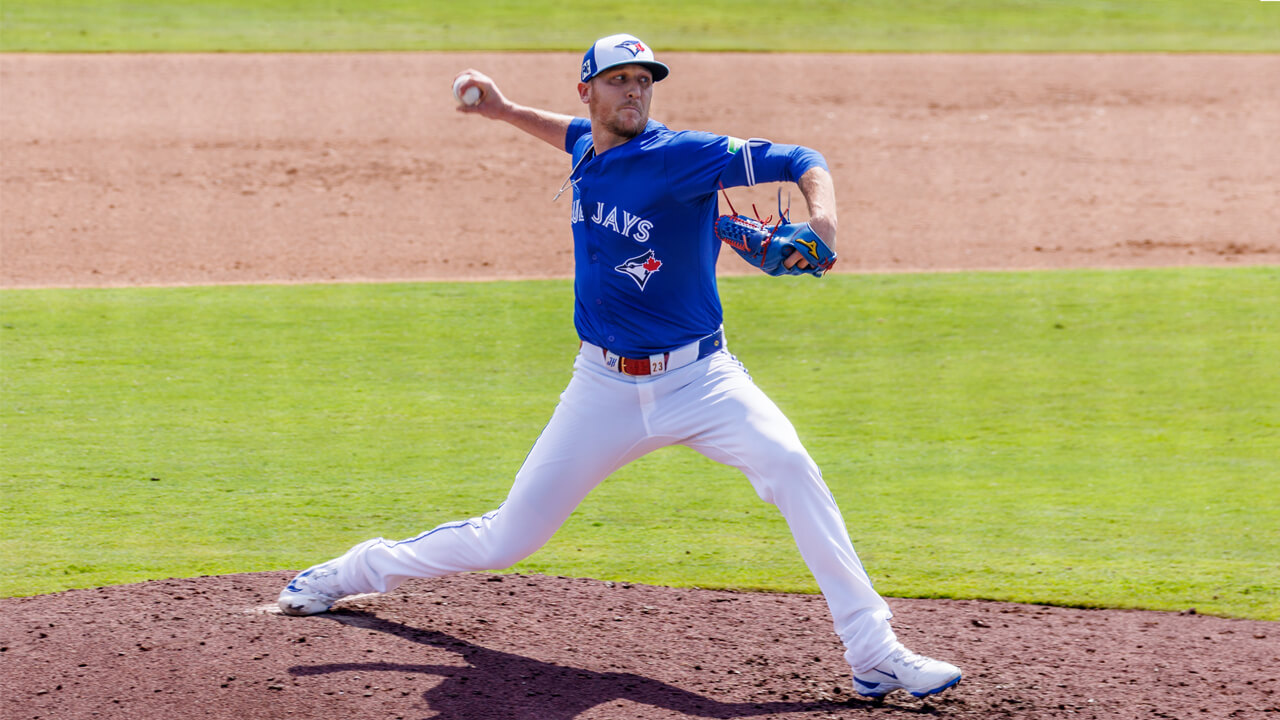
W
hy it didn’t work out before then is a much longer story. At 6-foot-5 and 235 pounds, with good athleticism, a clean delivery and excellent makeup, the native of Latham, N.Y., looked like he’d been engineered inside a baseball scientist’s pitching lab during his college days at East Carolina University. A step forward with Hyannis in the Cape Cod league during the summer ahead of his draft year led to projections he could be among the top four picks in 2014, and he trended that way until his elbow blew up in his 10th outing that year, leading to reconstructive surgery. Excited that he had unexpectedly fallen to them, the Blue Jays picked him ninth overall, waited for him to recover from the operation and began working with him the next year, believing his advanced fastball/curveball/changeup mix could move him through the system quickly.
When he returned to the mound in 2015, that’s what he did, lighting it up in 11 outings at A-ball Dunedin before getting a bump to double-A New Hampshire, where he made a couple of starts as the trade deadline approached. Merely 22 at the time, he seemed to be on the ascending path predicted for him, but beneath the surface, he wasn’t. “Yeah, I was moving fast through the system, I was putting up great numbers in the minor leagues, but at the time I didn’t see what was best for me moving forward,” says Hoffman. “I was doing a lot of things mechanically that were going to end up not being great for me.”
The Blue Jays urged him pitch more like Aaron Sanchez, more upright in his delivery and driving down the mound, “tall and fall, that kind of thing,” he says. “At that time, I was all right, but I’m not Aaron Sanchez, I’m Jeff Hoffman, I’m a different guy.” Before they could see the end result of the adjustments, Hoffman was sent to the Colorado Rockies along with fellow prospects Miguel Castro and Jesus Tinoco plus shortstop Jose Reyes for Tulowitzki and veteran reliever LaTroy Hawkins in a deadline blockbuster. The Blue Jays proceeded to win the American League East and push the eventual World Series-champion Kansas City Royals to six games in the AL Championship Series. Hoffman, meanwhile, made seven more starts at double-A with New Britain, with a big-league debut in 2016 seemingly on the horizon.
But the tinkering with his mechanics that started in the Blue Jays system only intensified with the Rockies. “More chains were put on me,” is the way Hoffman describes it now. He was forced to focus on specific checkpoints for his body during delivery rather than allowing his natural athleticism to guide him from leg lift to release. “Every time somebody puts a mechanical cue in my head, it’s no bueno,” he says.
Too unestablished in his career to fully advocate for himself, Hoffman did as he was told and after beginning 2016 at triple-A Albuquerque, he finished the year with the Rockies, posting a 4.88 ERA in eight games. Getting to the majors was one thing, sticking there was another. He started 2017 in Albuquerque before joining the Colorado rotation in May. It didn’t go well, as his ERA was 5.30 after an Aug. 17 outing against Atlanta that led to a demotion. He finished the season in the Rockies bullpen where things went even worse as he allowed 11 runs in 7.2 innings over six appearances. A right shoulder injury during spring training the next year left him chasing his 2018 season, which was a mess both at Albuquerque (a 4.94 ERA in 105.2 innings) and Colorado (a 9.35 ERA in six games, one start). It was more of the same in 2019 and the pandemic season of 2020 saw him in the Rockies bullpen, logging a 9.28 ERA in 21.1 innings over 16 games.
No matter what new tweak to his mechanics was suggested to Hoffman nothing worked. In Denver’s thin air, his curveball simply didn’t play, leaving him with nothing but a fastball and an inconsistent changeup. Mercifully, the Rockies parted ways with him after the 2020 season, sending him and Case Williams to the Cincinnati Reds for fellow right-hander Robert Stephenson and outfielder Jameson Hannah. At last, there was an opportunity to escape what Hoffman describes as “the mechanical stuff, the BS voice that you’re fed all the way through your career because, for one reason or another, a pitching coach thinks it’s going to be better for you, or the next guy thinks that something else is going to be better for you.” He could be freed from the chains.
“I was — and I still am — a learner and a grower,” Hoffman continues. “I don’t like to discount anybody’s two cents, I just wasn’t very good at sifting through and taking the stuff that was really going to help. I was taking everything. ‘All right, all right, he knows what he’s talking about, they all know what they’re talking about.’ At the end of the day, nobody really knows. Different things work for different guys. Sometimes it’s as easy as mental cues. Sometimes it is a big mechanical change that’s needed. But breaking through those chains was me finally saying, ‘Eff it, I’m just going to let my body do what it wants to do.’ And from that point on, I got a lot healthier. My fastball came back. Everything ticked up. I was just more free on the mound.”
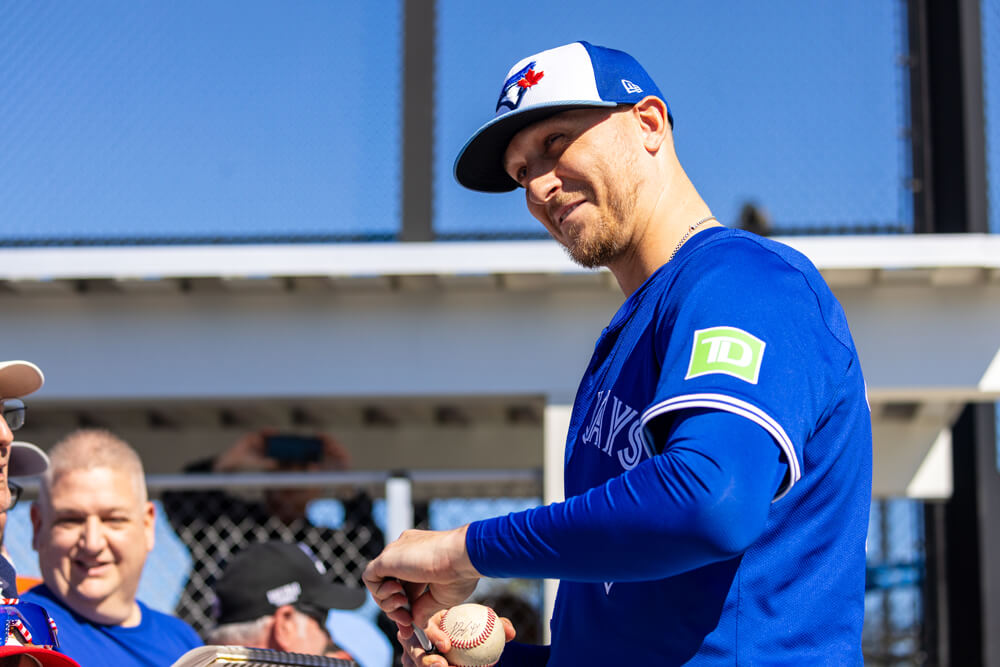
E
ven though changes started right away, the effects took time. The Reds helped him develop a slider that quickly became his most frequent secondary offering, ahead of the curveball he’d long relied upon. He began the 2021 season in the Reds rotation and started to find some stable footing, posting a 4.61 ERA in 41 innings across 10 starts, but a right shoulder injury at the end of May sent him to the injured list and kept him sidelined until late July. Once he returned, Hoffman made one start before transitioning to the bullpen, where he posted a 3.54 ERA in 28 innings over 20 games. The next year, he opened in the pen and posted a 3.83 ERA in 44.2 innings over 35 outings, but had his season cut short July 24 when he returned to the IL with right forearm stiffness and was designated for assignment in November.
A free agent for the first time, Hoffman finally had full control of his career and reworked himself that off-season. He was done with all the mechanical cues and delivery adjustments that had been staples of his first eight years in pro ball. “I’m truly out there just moving in space the way that my body wants to move,” is how he explains it, relying on athleticism the way he did during his college days at East Carolina. He bailed on the curveball, focusing instead on the slider and the splitter in place of his changeup. Once he felt ready, his agency set up a showcase and invited 29 teams — sorry, Rockies. The Twins signed him to a minor-league deal and helped him further sharpen the slider during camp, but he didn’t break with the team, which led him to the Phillies and that fateful live BP with Harper. “We weren’t really sure who is this guy and whether to add him to our 40-man and bring him up,” remembers Phillies manager Rob Thomson. “Our pitching coordinator [Travis Hergert] said, ‘Would you like to see Jeff Hoffman before the date comes up for his out? He could be one of the guys who pitches to Harper.’ I said, ‘Sure, let’s do it.’”
Hoffman was as confident in his stuff as he’d ever been coming into the session. While he tried to not build it up too much in his mind, he also understood that “this is my shot to show them that I could be a valuable piece.” Harper had faced him three times before and had doubled, so he had an expectation of what was coming based on “that version of Jeff. And I’m not saying that wasn’t good, but I never saw that from him. When he came in throwing a split-finger and slider and that heater, I was just like, ‘Man, this guy’s disgusting. Every single pitch he’s throwing is plus-plus.’”
Harper approached Hoffman right after and told him as much: “You need to be here. You need to be in the big-leagues with us.” Never shy about sharing his opinions — “I’m pretty good at popping off,” he quips — Harper stopped Hoffman again inside the clubhouse and told him, “I’m going to do what I can because I think you would help us a lot.”
The instant validation “felt awesome” says Hoffman, but he’d been through enough to know not to take anything for granted. He rejoined Lehigh Valley for a series in Jacksonville in which he pitched three times, triggered the out and waited for the Phillies to decide whether he was headed to Philadelphia or Japan. “It’s a business at the end of the day. If they didn’t want to add me, they weren’t going to add me,” he says. “But it was nice to know that I went in with the thought process of putting my best foot forward and making a good first impression, and I felt like I did that.”
The Phillies used nearly the full 48-hour window before saying yes. Hoffman joined them May 4 and steadily earned more and more responsibility in the bullpen. “When we first got him to the big leagues, he was like a two-inning guy, fifth and sixth inning. As he kept dominating, he kept moving closer to the end of the game and getting more leverage, turning him into a bit of a closer,” says Thomson. “I appreciated his patience. And I appreciated how he acclimated to the bullpen and how he would pitch in any role that we asked him. He’s great in the clubhouse, a great human being. I absolutely love him.”
Understandably so, given Hoffman posted a 2.41 ERA in 52.1 innings with 69 strikeouts over 54 games that first season, and then followed that up with an all-star campaign in 2024 in which he struck out 89 in 66.1 innings with a 2.17 ERA in 68 games. After all the tumult, all the shackles that had dogged him the eight years prior, Hoffman found peace “absolutely living in the moment. I was part of such a great team that was so much bigger than just my situation and to step in and just be a part of it really lifted me.”
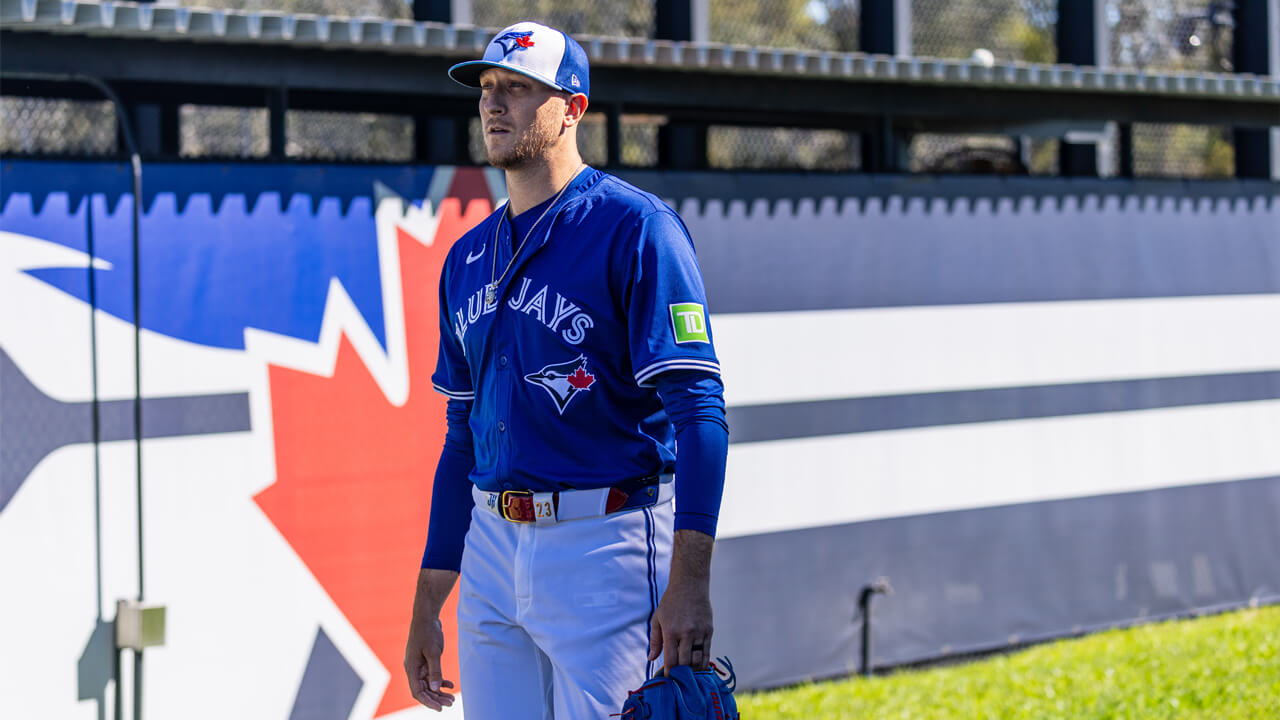
H
offman’s two seasons in Philadelphia also lifted his value just as he hit free agency this past off-season. The Blue Jays, seeking to remake a putrid 2024 bullpen, reached out early, having both some history from drafting him nearly a decade earlier and admiration for his progression. “He was a clear target for us,” says Blue Jays GM Ross Atkins, “and it seemed like the interest was mutual from the start.”
Still, shopping at the top end of the bullpen market was out of character for the Blue Jays under the current front office, whose biggest guarantee to a free-agent reliever before signing Hoffman was the $15-million, two-year deal for Yimi Garcia in December. There’s a logic to treading carefully with relief arms given their inherent volatility but the depth of the team’s bullpen struggles in 2024 changed some of their calculations. “It’s not, in our minds, as much of a departure as it was the right opportunity for us,” says Atkins. “This off-season, the bullpen was very much a priority, so that opportunity with a pitcher like Jeff Hoffman aligned.”
On two separate occasions, however, the opportunity very nearly didn’t. First, Hoffman reached an agreement with Atlanta, which planned to use him as a starter in the first season “and then I was going to transition back into the pen for the last years,” he says. The Braves had just helped guide Reynaldo Lopez, an all-star last year, through a similar transition back to the rotation from the bullpen. But as he was boarding a plane after his physical, Hoffman got a call telling him there was an issue. “I almost fell out of my chair. I said, ‘They flagged what? What’s wrong with my elbow?’” he recalls. “And my agent was like, ‘No, your shoulder.’ And I was, ‘What?’ That’s where I was at. It was ridiculous. Who knows what the motives were behind it.”
Then in January, he reached agreement on a deal with the Baltimore Orioles, who also walked away after the physical, pivoting quickly to a deal for Andrew Kittredge. “Both teams came back with other offers with less money,” says Hoffman of talks after the physicals. “So, you can read into that what you want to read into that.”
The Blue Jays remained in the mix the entire time and, even when Hoffman reached agreement with the Orioles, “we still felt like we were very close,” says Atkins. When that deal fell through, they immediately swept in and a contract was completed quickly, this time without the anxious wait for yet another physical. “We were totally transparent with the Jays and we gave them everything we had,” says Hoffman. “They knew about the other two physicals. We gave them all the MRIs; I had an ungodly number of MRIs. We were like, ‘Look, this is this is what it is. And if you want, you can check my appearances my past two years: back-to-back [60-plus]-appearance seasons and I’m throwing in the highest leverage. There’s nothing wrong with me.’ They were like, ‘Yeah, this doesn’t, by any means, fail our physical. Want to come play for us?’ Absolutely.”
Physicals sometimes present teams with degrees of risk rather than clear answers, allowing one team’s pass to be another’s fail. Some pitchers have both sketchy medicals and durable careers; others join a club with a clean slate and quickly get injured. “Every situation is different, yet every medical process is always extremely thorough,” says Atkins. “In 99 per cent of cases, it’s a pass or a fail. There are some instances where you may attempt to renegotiate the contract based on the risk. Obviously, in the case of Jeff, it was a pass. We were glad to be in the position to be a landing spot for him.”
And so, Hoffman is finally pitching for the Blue Jays, finally in the uniform he expected to wear in the majors before the Tulowitzki trade, the years spinning his wheels with the Rockies, the beginning of the road back with the Reds and the elusive success he found with the Phillies.
While some parts of rejoining the franchise feel familiar, most of it is different. The rickety old spring training facility that became home as he worked his way back from Tommy John surgery is now the gleaming Player Development Complex. “I get the deja vu feeling driving here in the morning,” Hoffman says one spring afternoon. “We loved it when I first signed, and I spent the whole first year here rehabbing.”
It goes without saying he’s a lot different now, too. “I mean, I was just a kid, honestly, bright-eyed, bushy-tailed, not really knowing what I was getting myself into at that point. It feels cool to be able to come back and almost, like, show what they were missing in a sense. Not in a malicious way, at all, but like, this is what I am now.”
A chance to make a career that’s been about the journey also, at long last, about the destination, too. “Let’s go,” he says.
Courtesy of the Toronto Blue Jays (4)


